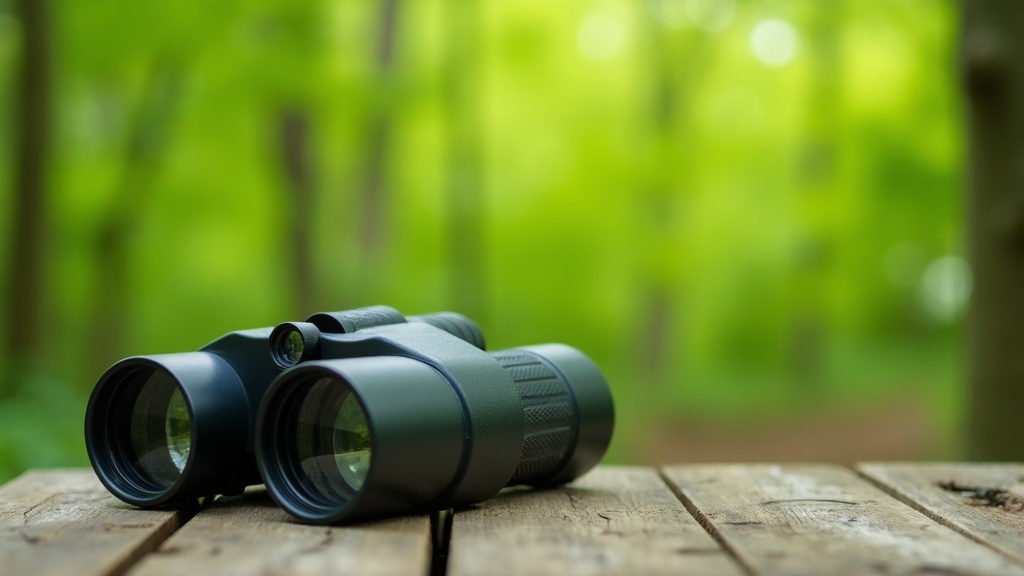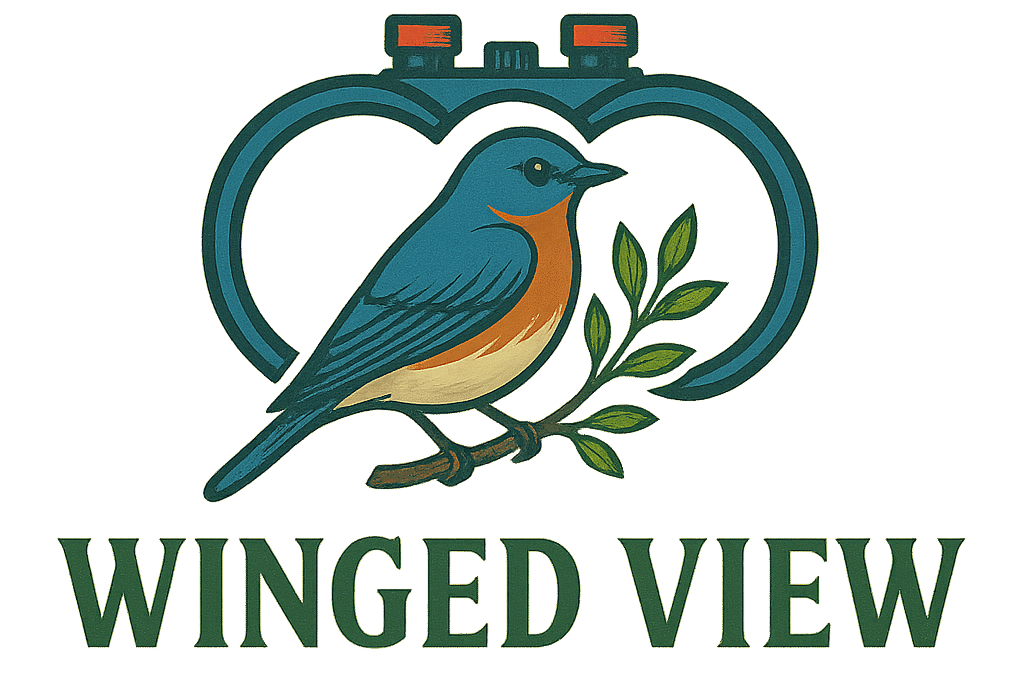Birdwatching is one of those hobbies that draws you in with its peace and thrill rolled into one. Spotting that bright warbler or rare owl on a quiet morning brings a kind of satisfaction you just can’t fake. If you’re even a little serious about this pastime, having a good pair of binoculars is right up there with a comfy pair of boots. But “good” means different things to different folks, and so much depends on understanding magnification and lens diameter. I’ll break things down to help clear up the main specs, what they really mean for birdwatchers, and how they shape your overall experience.

Magnification and Lens Diameter Basics
When looking at a pair of birdwatching binoculars, the two numbers you see front and center (like 8×42 or 10×50) are much more than marketing speak. The first number stands for magnification, and the second tells you the lens diameter in millimeters.
Magnification is all about how much closer an object appears compared to your naked eye. With a magnification of 8x, for example, a bird 80 meters away will look as if it’s only 10 meters away, allowing you to pick up on more detail or subtle markings that you’d otherwise miss. The lens diameter, on the other hand, is tied to how much light the binoculars gather. Bigger lenses usually brighten the image, especially in those early morning or late afternoon birding sessions when light isn’t exactly your buddy. A wider lens also allows more of the bird’s surroundings into your view, making the overall scene more pleasing to watch.
These two numbers drive a lot about how the binoculars perform, influencing everything from field of view to carrying comfort. Understanding this little code helps you match your gear to your style and needs. Some binoculars may have slightly different numbers, like 8×32 or 10×30, offering a distinct blend of weight and clarity for birdwatchers seeking a custom fit for their routine.
How Magnification Impacts Birdwatching
There’s always a temptation to grab the highest magnification you can afford. After all, who doesn’t want a closer look at that rare tanager? But higher magnification isn’t a guaranteed win in the field. Here’s what actually happens with different magnification levels:
- 8x Binoculars: A favorite with many birders, 8x binoculars offer a steady, wide field of view. That wide field is really handy for tracking moving birds and for spotting birds in denser foliage. They’re also generally easier to hold steady, which matters during long stretches when observing skittish or active birds.
- 10x Binoculars: These bring you closer but often at the expense of field of view. Higher magnification tends to make every little hand shake more noticeable, and even your pulse can show up as a wobble in the image. They work best in open areas, like coastal regions or grasslands, where birds are farther off and lighting is often stronger.
If your hands are super steady, you might prefer 10x, but most birders find that an 8x delivers a smooth, comfortable experience, especially for spotting and following lively songbirds in the trees. The steadiness you get with a lower magnification really pays off when you spend hours looking up into leafy canopies or across cluttered brush.
Understanding Objective Lens Diameter
The number after the “x” in binocular specs tells you the width of the binocular’s front lens—the objective lens diameter. So, 8×42 binoculars have a lens that’s 42mm across. This might sound technical, but here’s why it matters:
- More Light, Brighter Views: Bigger lenses let in more light, so images look brighter. This is a gamechanger at dawn or dusk, which is when birds are most active and lighting is low.
- Weight and Portability: As the lens diameter increases, so does the size and weight of your binoculars. Carrying bulky gear gets tiring on long hikes or when you’re holding your binoculars for a while, making a large lens less ideal for handheld birding over several hours.
For most birders, something in the 32mm–42mm range strikes a good balance between brightness and weight. Anything larger starts to get unwieldy for everyday use unless you’re toting a tripod or don’t mind a bit of a workout. A 32mm lens will generally work for bright, daytime birding, while a 42mm lens is more suited for those cloudy days and dawn excursions.
Choosing Binoculars: Finding Your Sweet Spot
Shopping for your first or next pair of binoculars can get overwhelming fast. Every model promises “crystal-clear optics” and “amazing range,” but what actually matters in the birdwatching world?
- Field of View: This is the width of the area you can see when looking through your binoculars. Wider fields of view make it much easier to find and track birds, especially if they’re fast movers or if the habitat is thick with branches and leaves. Losing sight of an active bird because your binoculars are too zoomed in can be frustrating and takes away from the fun.
- Comfort and Ergonomics: Binoculars need to feel good in your hands, and features such as adjustable eyecups or textured grips make a difference if you wear glasses or spend hours scanning for wildlife. Light and comfortable binoculars mean you’ll enjoy your outing longer without getting distracted by sore hands or neck.
- Weather Resistance: Waterproof and fogproof features can save your gear, as well as your outing, when the weather throws a curveball. Early morning dew, sudden showers, or even just high humidity can fog up or damage ordinary binoculars, so a weatherproof build is worth the investment.
For birding, 8×42 binoculars have become the classic choice because they balance magnification, comfort, brightness, and field of view nicely. But your perfect pair will depend on your local environment and personal preferences. Some birders in dry, sunny areas swear by lighter 8x32s, while others in cloudier or woodland zones love the brightness of an 8×42.
Practical Tips for Birdwatchers
It’s easy to get lost in the specs, so here are a few things I pay attention to that make a real world difference:
- Try Before You Buy: Whenever possible, test binoculars in person. Specs on paper only get you so far; how they feel in your hands and how the image looks makes a big difference. Local clubs, nature centers, or even stores sometimes have sample binoculars you can try out before buying.
- Consider Your Spotting Environment: If you usually bird in thick forests or at dusk, opt for larger objective lenses (like 8×42). For bright, open spaces, even 8x32s can do the trick and save you some pack weight for longer outings.
- Balance Magnification with Comfort: Even a couple ounces can feel heavy after a long session. Think about how and where you’ll use your binoculars most often before choosing the biggest lenses available. Some people quickly find that a compromise lens size means more fun out in the field with less fatigue.
- Keep Them Clean and Dry: No amount of magnification or lens diameter can help if your lenses are fogged up or smudged. Carry a lens cloth and use basic waterproofing practices for field use. A little care goes a long way to keeping your view sharp and clear.
- Invest in Quality Straps and Cases: A comfortable, padded strap can make long days much easier, while a protective case keeps your investment safe when hiking or when not in use. Simple accessories can give a huge boost to convenience and longevity.
Common Troubles and How To Fix Them
- Can’t Hold Steady: If you notice a blurry or jumpy view, try leaning against something sturdy or lowering to a knee while glassing. For long stints, some birders use monopods or tripods for added stability, especially with heavier binoculars. You can also practice keeping your elbows tucked to your body for extra control.
- Hard to Focus: Sometimes higher magnification or large lenses make it tough to quickly bring birds into focus as they dart about. Practice helps, but choosing a pair with a larger field of view makes the learning process easier and smoother when tracking fast movers.
- Gear Fatigue: If your neck or arms ache after a day of birding, consider a padded strap or a lighter model. Even the best optics don’t matter if you stop using them because they’re too heavy or awkward. Some birdwatchers switch to shoulder harnesses to spread the weight out for maximum comfort.
Real-Life Examples and Scenarios
I’ve chatted with a lot of birders who started out with compact 8×25 binoculars because they were light and budget-friendly, but after a few cloudy mornings, they upgraded to 8x42s for the extra brightness. On one cross-country trip, I used 10x42s in open wetlands where marsh birds stayed far from the trails, and that added reach made all the difference. On the flip side, I struggled to keep the image steady and my arms got tired, especially when looking up for longer stretches in tall grass or up into trees. With more experience, I tracked down a balance that fit the way I like to birdwatch; sometimes, less really is more.
These kinds of trade-offs pop up more often than you’d think. The main thing is to match your gear to where and how you birdwatch—not just what looks good in the store. Talk to local birders in your area or check out online forum reviews for honest feedback on how different models work in real conditions.
Frequently Asked Questions
Question: Are compact binoculars (like 8×25 or 10×25) enough for birdwatching?
Answer: Compact binoculars are great for travel or as a backup, but you’ll likely miss out on brightness and clarity during early mornings or cloudy days. They’re best for bright, open conditions or casual birders who want to keep their bag light for occasional outings.
Question: Should I always go for the highest magnification I can find?
Answer: Not always. Higher magnification makes it harder to keep the image still and narrows your field of view, which can actually make spotting birds tougher. For most birders, 8x or 10x is plenty; any higher and comfort goes out the window unless you use a tripod and want to deal with added bulk.
Question: Why do binoculars fog up, and what can I do about it?
Answer: Fogging usually happens when you move from a cold to a warm area or in damp weather. Look for models that are nitrogen- or argon-purged and listed as fogproof. Keeping your binoculars in their case when not in use also goes a long way toward preventing fog and moisture buildup, and quick-wipe lens cloths help keep your view clear.
Final Thoughts On Binocular Specs and Birdwatching Experience
Getting your head around magnification and lens diameter can make your birdwatching time way more enjoyable. Understanding how those main numbers affect everything from brightness to ease of use keeps you from wasting cash on gear that won’t actually serve you in the field. There’s no one-size-fits-all, but matching specs to your own birdwatching habits puts you one step closer to those eye-catching sightings everyone talks about. The more you know about your own preferences and your most-visited habitats, the easier it gets to pick the right model every time.
Ready to start scanning the treetops or marshes? The right binoculars can open up a whole world of clarity, detail, and enjoyment on every outing you take. So grab your favorite pair, step outside, and see how many feathered wonders you can spot in your next birdwatching adventure.
